LENSES
Nichia 5mm LEDs enable the control of light because the light is “Directional”.
The 5mm LEDs used in LTLT lights will only light up the object they point to, because the light terminates at that object.
This is possible because there is no heat generated to create the type of light which has a tendency to ‘travel’ elsewhere (omnidirectional). The use of good optic lenses create the directional light. Light is easy to control with LTLT outdoor lights.
Nichia 5mm LEDs are designed with a solid state clear silicon cover to protect the LED from damage caused by water or touch. A beneficial by-product of the silicon cover is that it also acts as a built in lense, hence the name ‘5mm’ LED. The term ‘Through hole’ describes how the LED attaches itself to a circuit board. The state of the art silicon has excellent optics to perform the function of a good lense.
LTLT lights are made with either 45 degree or 120 degree globes. The garden lights (LT series) are available in 45 degree lenses, whilst our path lights (LTP series) and our wall lights (LTWW) are available in 120 degree lenses, with the exception of wall lights used to illuminate house numbers or signs (LTWW) which are also available with 45 degree lenses.
Halogen globes were designed as a form of flood lighting for general lighting inside the house where light doesn’t escape and travel into the neighbours’ property. These are “omni-directional’ lights and are good for the indoors, but as an outdoor light they cause light pollution, hot spots and two dimensional canvas, let alone causing neighbourly disputes.
To avoid ‘hot’ spots choose smaller LTLT LED lights with less strength. ‘Hot spots’ are typically a result from using strong halogens and high performance SMD LEDs.
LTLT can also supply lights with 10 degree lenses to illuminate distant objects such as the under-canopy of a 30 metre palm tree. With LTLT 10 degree lenses you can avoid the waste of energy illuminating the stars beyond the canopy. Lights with 10 degree lenses can be made to order.



